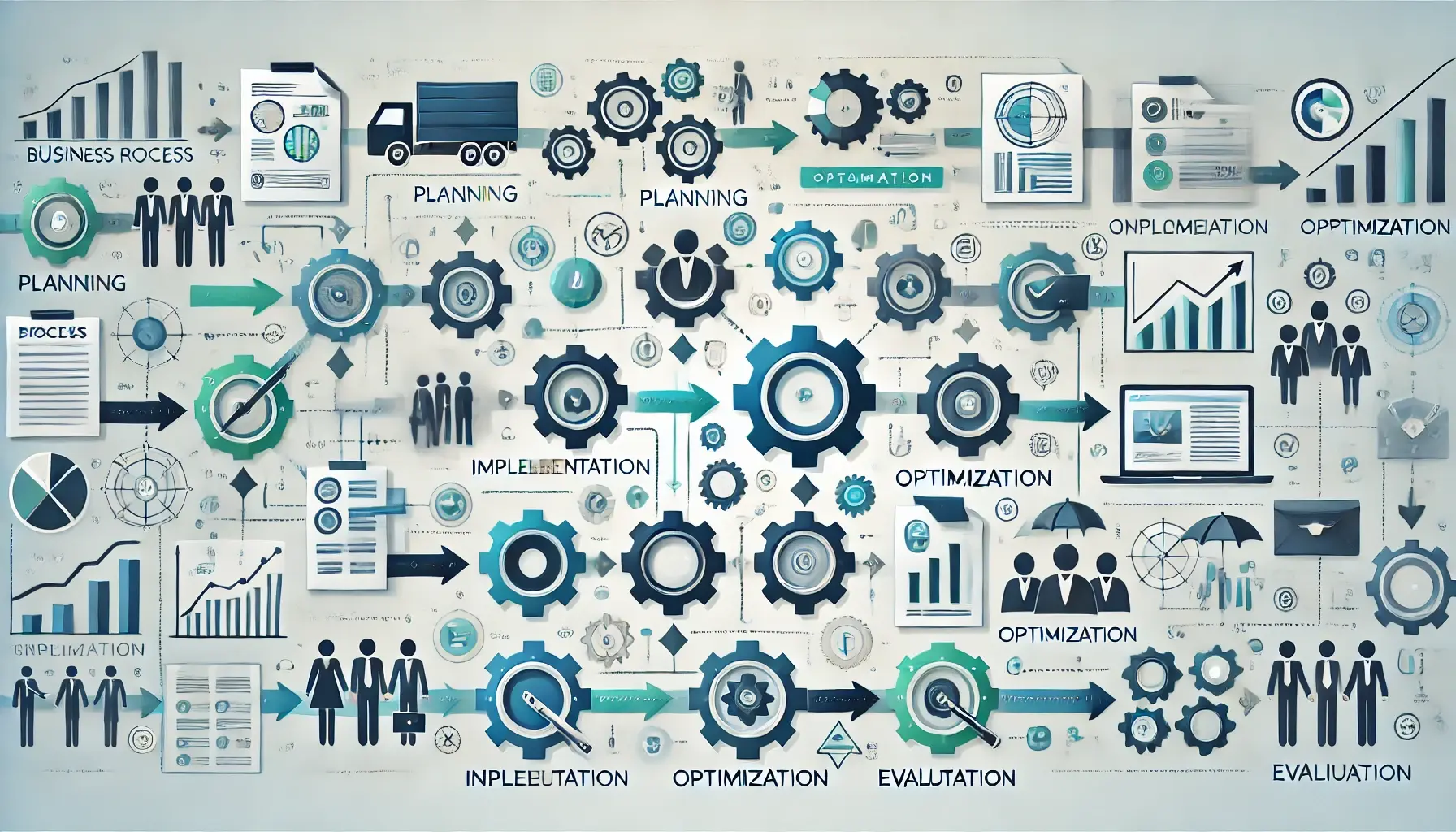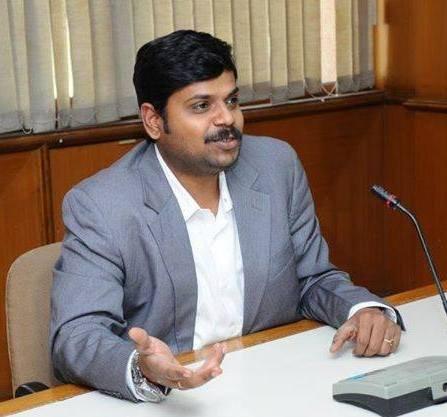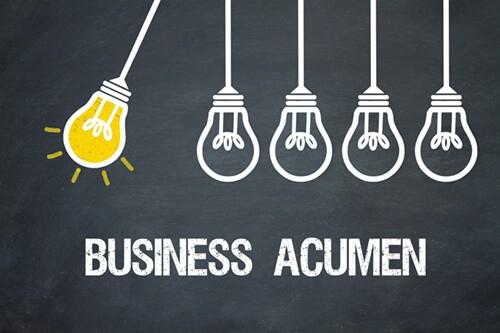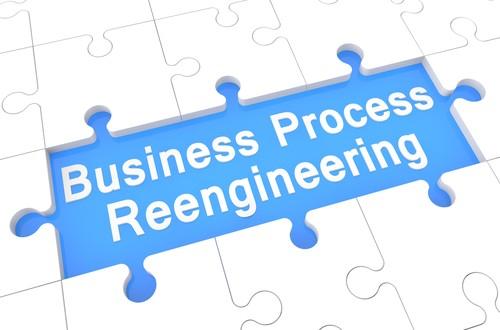Risk mitigation is a strategic approach aimed at minimizing potential negative impacts on a business. It involves identifying, assessing, and prioritizing risks and then implementing measures to reduce, control, or eliminate them. “Here’s a comprehensive breakdown of how to approach risk mitigation”
Risk Identification
- Internal Risks: Operational inefficiencies, lack of process standardization, staff shortages, and technology failures.
- External Risks: Market changes, regulatory changes, economic downturns, natural disasters, and supply chain disruptions.
- Tools Used: SWOT Analysis, PESTLE Analysis, Risk Registers, and brainstorming sessions with stakeholders.
Risk Assessment
- Impact Analysis: Determine the potential impact of each risk on operations, finances, reputation, and compliance.
- Likelihood Assessment: Evaluate the probability of the risk occurring.
- Risk Matrix: A tool to visualize risks by plotting their likelihood against their impact, helping prioritize focus areas.
Risk Mitigation Strategies
- Avoidance: Eliminating the activities or decisions that cause risk (e.g., opting out of high-risk projects).
- Reduction: Implementing measures to reduce the likelihood or impact of the risk (e.g., installing security systems or optimizing processes).
- Transfer: Shifting the risk to a third party, such as through insurance or outsourcing.
- Acceptance: Acknowledging the risk and deciding to proceed with a contingency plan in place.
Implementation of Processes
- Standard Operating Procedures (SOPs): Establish clear, standardized processes for key activities to minimize errors and streamline operations.
- Internal Controls: Implement checks and balances, such as audit trails, approval workflows, and regular monitoring, to detect and prevent issues.
- Training Programs: Ensure employees are well-trained in their roles and understand the procedures to follow, especially in critical scenarios.
- Technology Integration: Utilize tools like ERP systems, risk management software, or data analytics to monitor performance and detect anomalies.
Continuous Monitoring and Review
- Key Performance Indicators (KPIs): Track KPIs related to risk (e.g., number of incidents, compliance breaches) to assess the effectiveness of mitigation strategies.
- Regular Audits and Assessments: Conduct periodic reviews to identify new risks and evaluate the effectiveness of current risk management processes.
- Feedback Loops: Collect feedback from employees and stakeholders to refine and improve processes continually.
Benefits of Risk Mitigation:
- Enhanced Operational Efficiency: With streamlined processes and reduced disruptions, operations become more efficient.
- Improved Compliance: Reduces the risk of regulatory penalties by ensuring processes meet legal standards.
- Increased Stakeholder Confidence: Demonstrates to investors, customers, and partners that the business is proactive about managing risks.
- Cost Savings: Prevents losses from unforeseen disruptions or failures, thus saving costs in the long term.
Tools and Techniques for Risk Mitigation:
- Risk Management Software: Tools like RiskWatch, LogicManager, or Resolver can help track and manage risks effectively.
- Business Continuity Planning (BCP): Develop a plan that outlines steps to continue operations during disruptive events.
- Data Analytics: Use predictive analytics to anticipate potential risks based on historical data and current trends.
- Scenario Analysis: Simulate various risk scenarios to evaluate the business's resilience and preparedness.
Anurag Srivastav
A dynamic entrepreneur, Mr Srivastav has a 19+ years of entrepreneurship experience.
With a proven expertise in Business Process Restructuring (BPR), he is a key member of the Strategic Decision Making process of multiple companies. Keeping the organizational interest in view, he designs relevant need-based processes, procedures & systems; conceptualizes forthcoming roadblocks and redesigns the overall workflow lifecycle accordingly.
Mr Srivastav is a Marketing Management post-graduate from the IIM Lucknow. He has the dual honour of being a Gold Medalist during his Graduation and Post-Graduation.
As an entrepreneur, Mr Srivastav holds a varied Talent Management portfolio.












